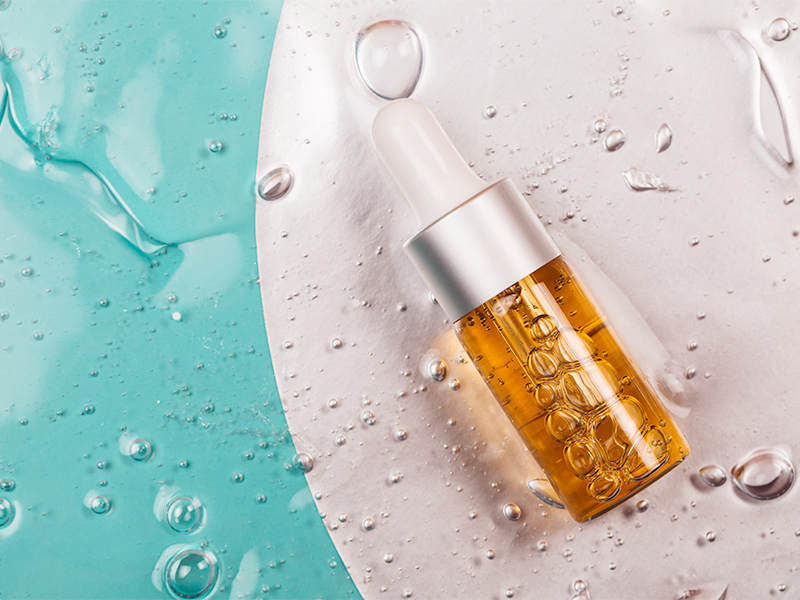Why azelaic acid is the multipurpose ingredient your skincare routine needs
When it comes to multipurpose skincare, few active ingredients pack as much punch as azelaic acid. So what is it and how can it help your skin?
Australians are constantly improving their skincare literacy and expanding their knowledge of beneficial ingredients under the beauty umbrella – with azelaic acid, in particular, leading the charge.
Although ingredient hype is not always warranted, those in the know say there’s merit to this multipurpose skincare powerhouse.
For skinfluencer and creator of @skinorbits Jode L, azelaic acid is the skincare ingredient she reaches for when she wants to target all her most common skin concerns.
“Azelaic acid helps to reduce my dark spots and improve my skin texture, in addition to soothing and calming redness,” Jode says.
So, what is azelaic acid?
Azelaic acid has acne–fighting and antimicrobial properties.
It’s also anti-inflammatory and has been clinically proven to reduce rosacea and hyperpigmentation.
“Azelaic acid is a popular, gentle and safe skincare ingredient used for the topical treatment of acne and rosacea,” Ego Pharmaceuticals scientific communications manager Ian Harrison says.
Although the naturally occurring ingredient can be found in whole grains such as rye, wheat and barley, synthetic versions are typically used in skincare because they have greater stability and, subsequently, tend to be more effective.
“Azelaic acid is known to have antibacterial properties, which helps kill acne bacteria in existing pimples; keratolytic properties, which exfoliates dead skin cells; and comedolytic properties, which prevents future whiteheads and blackheads from forming,” Ian says.
View this post on Instagram
- Zap it: How to get rid of a zit fast
Who should add azelaic acid to their skin routine?
Because azelaic acid is mild and non-irritable, it’s generally suitable for use among all skin types. However, it’s most beneficial to those suffering from inflamed skin and acne.
Ian says azelaic acid is often used to treat mild to moderate comedonal acne and inflammatory acne.
“It works by killing acne-causing bacteria and decreasing the overproduction of keratin, which can block pores,” he says.
“Its ability to reduce inflammation also makes it a common topical treatment for rosacea, particularly papulopustular rosacea, which is a type of inflammatory rosacea characterised by inflamed, pus-filled papules and pustules.”
View this post on Instagram
- Heavenly hydration: How hyaluronic acid can bring glow from the inside
What should you be mindful of when using azelaic acid?
Due to its gentle formulation, azelaic acid is generally well tolerated, but Ian says it’s still an active ingredient and, therefore, shouldn’t be used in conjunction with other skincare actives such as vitamin C or retinols.
“As azelaic acid is an active ingredient primarily intended for the management of acne and rosacea, you should only use it on skin affected by these conditions, unless otherwise directed by a healthcare professional,” Ian says.
“Having said that, it’s always good practice to patch test a product before use, and to speak with your pharmacist or doctor if you have any concerns about your skin or the products you are using or intending to use.”
Jode says understanding how active and non-active skincare ingredients interact with one another helps to avoid unintentional skin damage.
“Knowing which active ingredients you can and can’t mix can definitely get confusing.
“Luckily, azelaic acid generally works well with other ingredients, so you can easily layer it in your routine,” she says.
- Uneven tone: How to deal with hyperpigmentation
Written by Charlotte Brundrett.




